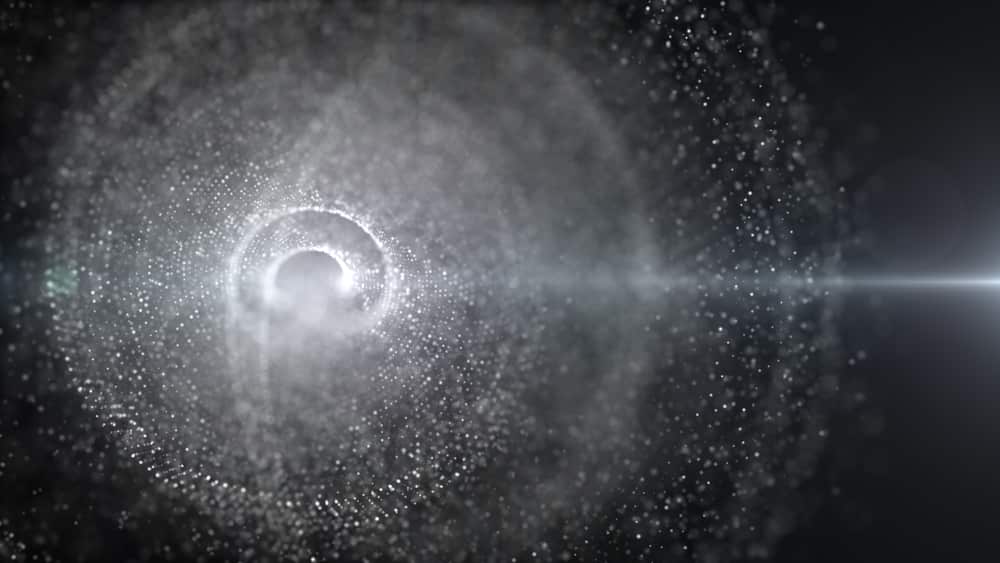In a former gold mine a mile underground, inside a titanium tank filled with a rare liquified gas, scientists have begun the search for what so far has been unfindable: dark matter. Scientists are pretty sure the invisible stuff makes up most of the universe’s mass and say we wouldn’t be here without it — but they don’t know what it is.
According to CBS News, The race to solve this enormous mystery has brought one team to the depths under Lead, South Dakota. The question for scientists is basic, says Kevin Lesko, a physicist at Lawrence Berkeley National Laboratory. “What is this great place I live in? Right now, 95% of it is a mystery.”
The idea is that a mile of dirt and rock, a giant tank, a second tank, and the purest titanium in the world will block nearly all the cosmic rays and particles that zip around — and through — all of us every day. But dark matter particles, scientists think, can avoid all those obstacles. They hope one will fly into the vat of liquid xenon in the inner tank and smash into a xenon nucleus like two balls in a game of pool, revealing its existence in a flash of light seen by a device called “the time projection chamber.”
Scientists announced Thursday that the five-year, $60 million search finally got underway two months ago after a delay caused by the COVID-19 pandemic. So far the device has found … nothing. At least no dark matter.
That’s OK, they say. The equipment appears to be working to filter out most of the background radiation they hoped to block. “To search for this very rare type of interaction, job number one is to first get rid of all of the ordinary sources of radiation, which would overwhelm the experiment,” said University of Maryland physicist Carter Hall.
And if all their calculations and theories are right, they figure they’ll see only a couple fleeting signs of dark matter a year. The team of 250 scientists estimates they’ll get 20 times more data over the next couple of years.
By the time the experiment finishes, the chance of finding dark matter with this device is “probably less than 50% but more than 10%,” said Hugh Lippincott, a physicist, and spokesman for the experiment in a Thursday news conference.
While that’s far from a sure thing, “you need a little enthusiasm,” Lawrence Berkeley’s Lesko said. “You don’t go into rare search physics without some hope of finding something.”
Two hulking Depression-era hoists run an elevator that brings scientists to what’s called the LUX-ZEPLIN experiment in the Sanford Underground Research Facility. A 10-minute descent ends in a tunnel with cool-to-the-touch walls lined with netting. But the old, musty mine soon leads to a high-tech lab where dirt and contamination is the enemy. Helmets are exchanged for new cleaner ones and a double layer of baby blue booties go over steel-toed safety boots.










